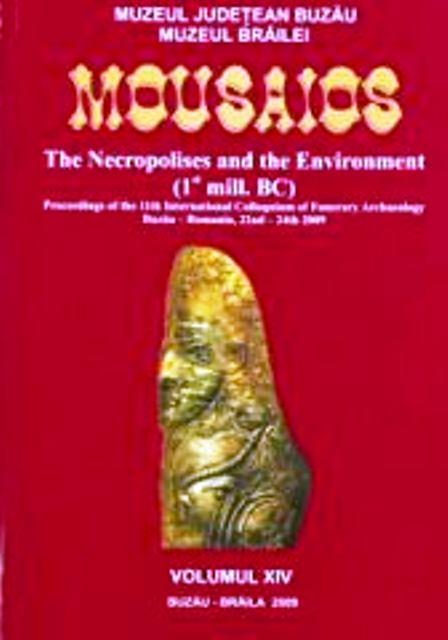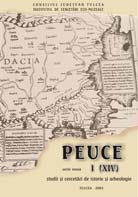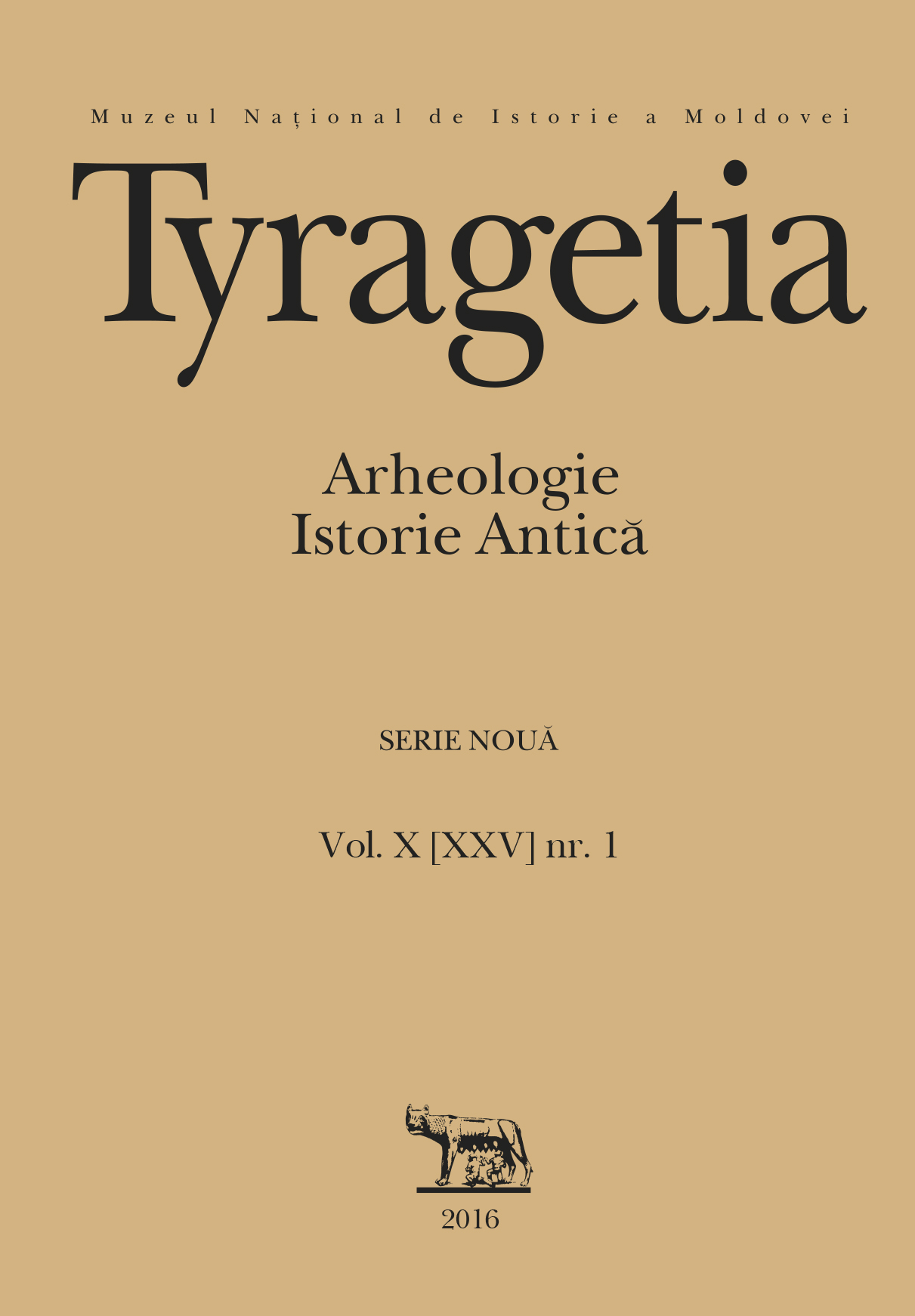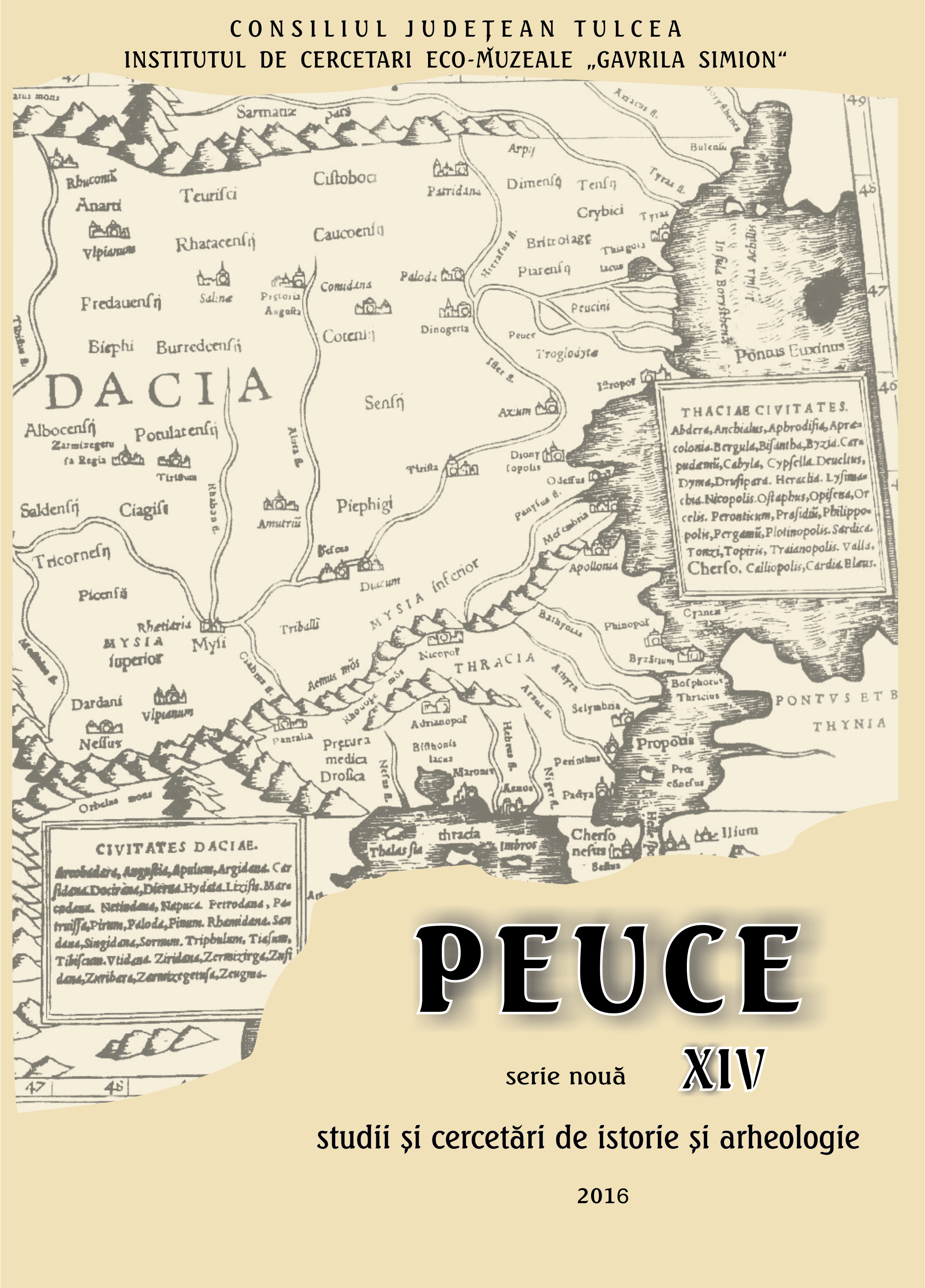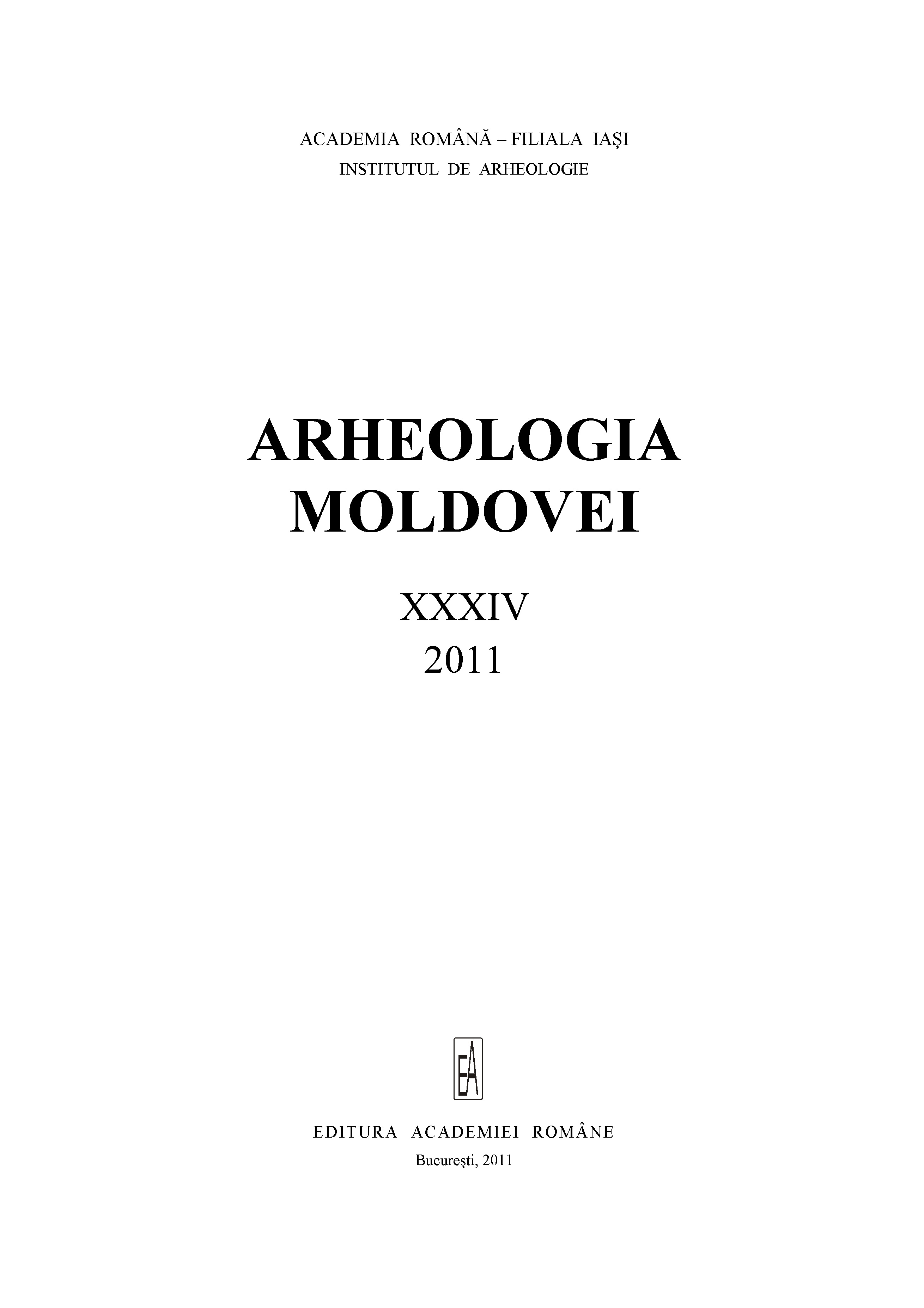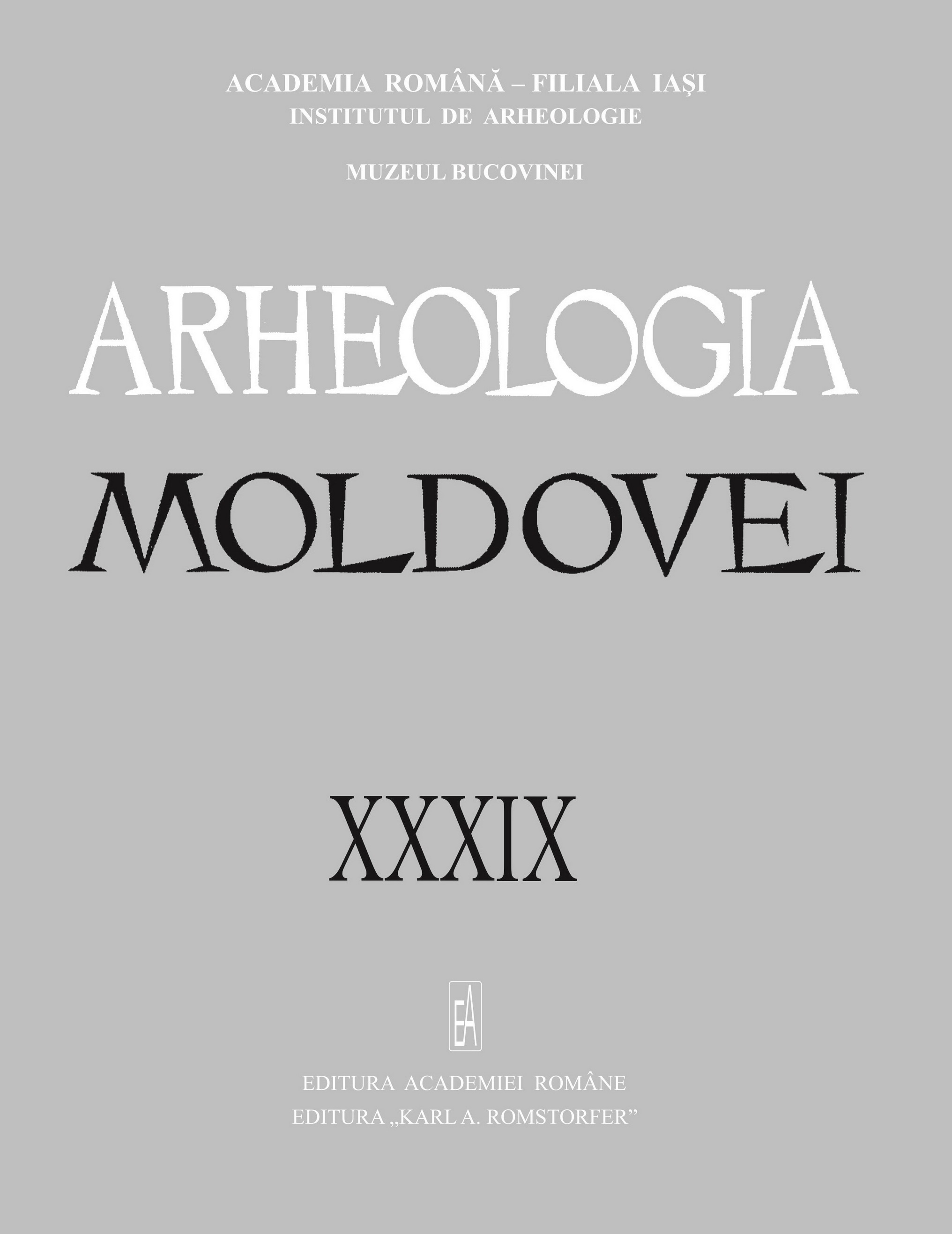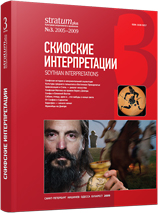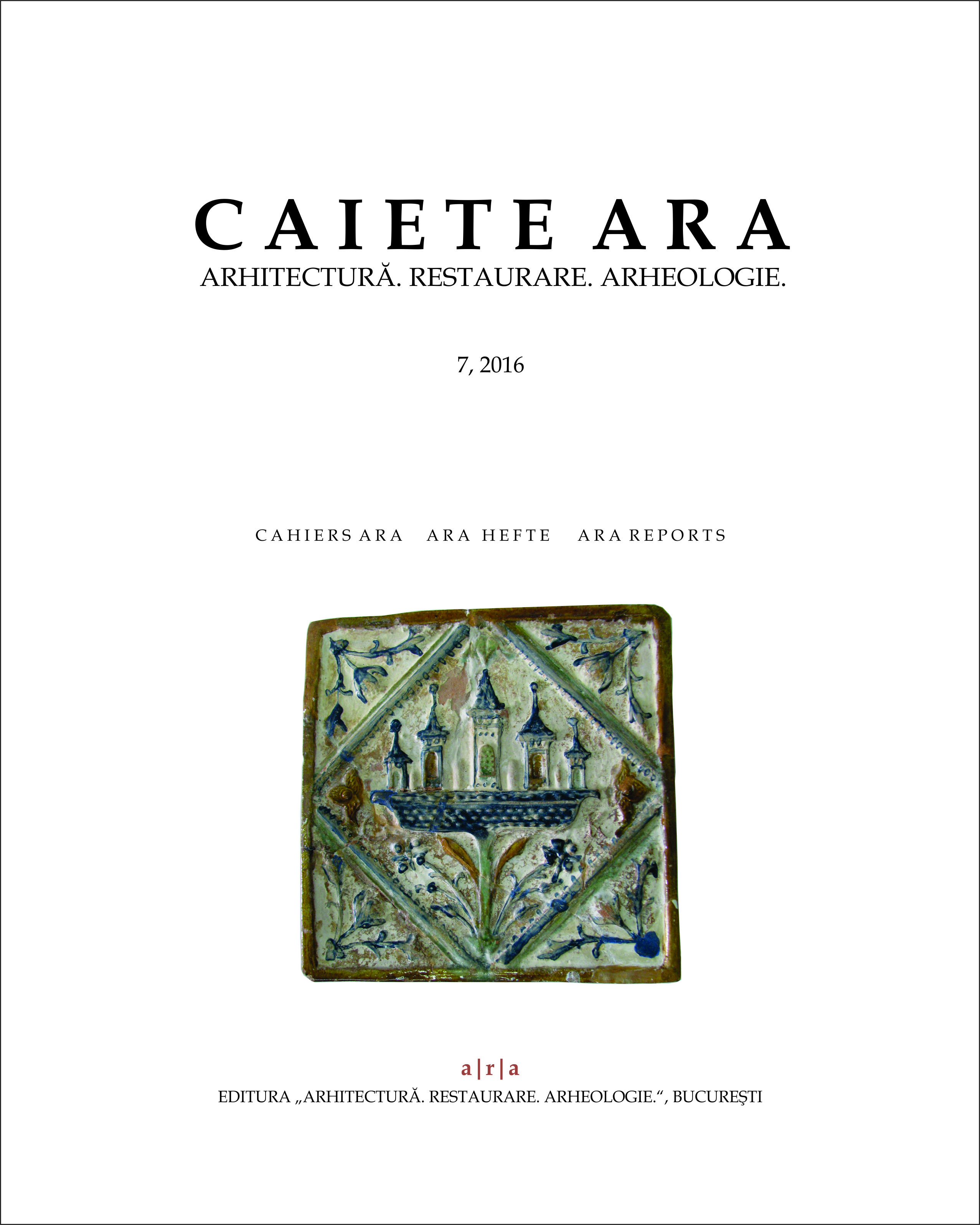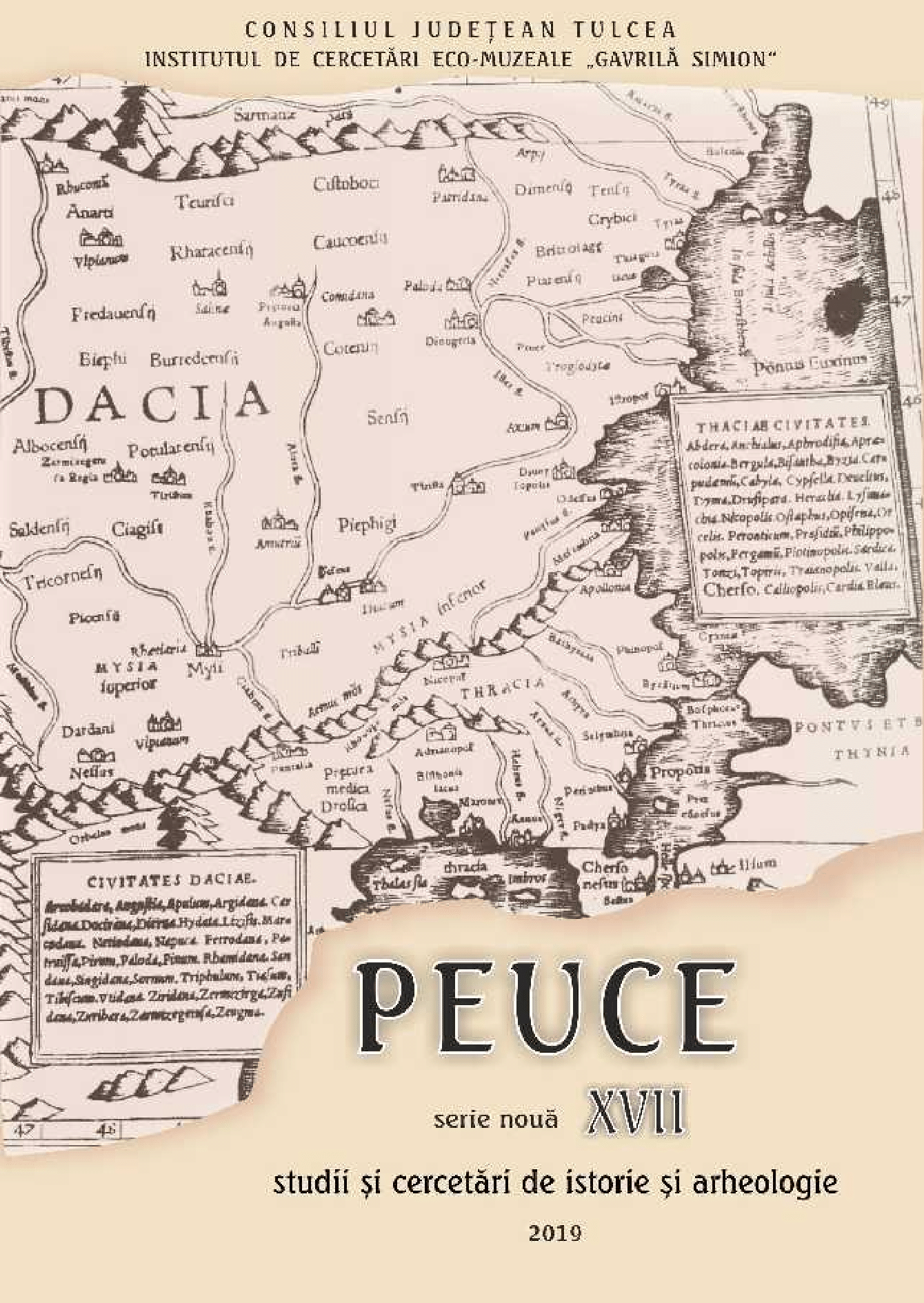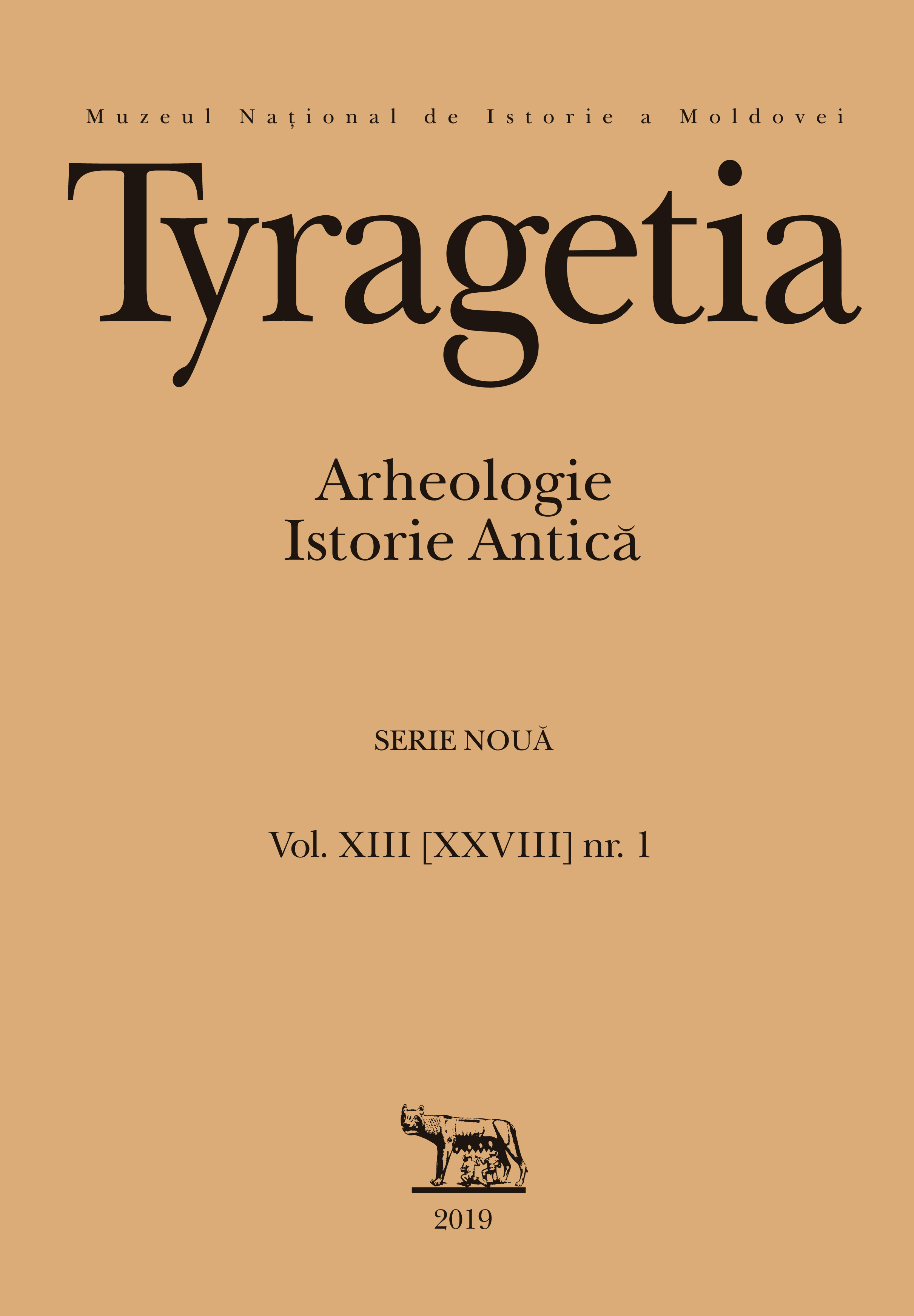Reviews
Reviews
Michel DROUET; Xavier RICHET (coord.), Vers l’élargissement de l’Union Européenne à l’Europe du Sud-Est , Presses Universitaires de Rennes, 2007, ISBN 978-2-7535-0357-1, 251p. Federica DI SARCINA; Laura GRAZI; Laura SCICHILONE (eds.), Europa vicina e lontana. Idee e percorsi dell’integrazione europea , Centro Editoriale Toscano, 2008, ISBN 88-7957-273-3, 376p. Peter TEREM; Omer CAHA (eds.), Process of EU Enlargement in the 21st CenturyNew Challenges , Banska Bystrica, 2005, ISBN: 80-8083-204-8, EAN: 9788080832049 Bronisłav GEREMEK; Robert PICH, Visions d’Europe, Odile Jacob, 2007, ISBN 978-2-7381-2011-3, 479p. Heather N. NICOL; Ian TOWNSEND-GAULT, Holding the Line. Borders in a Global World, Vancouver, UBC Press, 2005, ISBN 0-7748-0932-9, 440p. Gilles PÉCOUT (coord.), Penser les frontières de l’Europe du XIXe au XXIe siècle, PUF, 2004, ISBN 2 13 054301 4; ISSN 1770-2208, 383p. Thomas LUNDÉN, On the Boundary – About humans at the end of territory, Södertörn University College, 2004, 232 p. James Wesley SCOTT (ed.), EU Enlargement, Region Building and Shifting Borders of Inclusion and Exclusion, Ashgate Publishing Limited, Hampshire, 2006, ISBN10: 0 754645428, ISBN-13: 978-0-7546-4542-9 Observatoire des Etats post-soviétiques: De l’U.R.S.S. à la C.E.I., 12 Etats en quête d’identité, Paris, Ellipses, 1997, ISBN 2-7298-5769-9, 208p. “Serbia 2007 / Iliberal Transformation or Prolonged Transition. Adapting to Democracy: Reflections on transition in Serbia and the Western Balkans”, in Western Balkans Security Observer, No. 7-8, October 2007-March 2008. Studia Politica. Romanian Political Science Review, University of Bucharest. Institute for Political Research, vol. 1-3/2007; vol 1/2008, ISSN 1582-4551. Alain DIECKHOFF; Christophe JAFFRELOT, Repenser le nationalisme. Theories et pratiques, Paris, Presses de Sciences Po, 2006, ISBN 13/978-2-7246-0957-8, 463p. Maria Manuela TAVARES RIBEIRO (Coord.): Mare Oceanus. Atlântico: Espaço de Diálogos , Coimbra, Almedina, 2007, ISBN-13: 978-972-40-3221-4, 148p. David DUNKERLEY; Lesley HODGSON; Stanislaw KONOPACKI; Tony SPYBEY; Andrew THOMPSON, National and Ethnic Identity in the European Context , Lodz University Press, Lodz, 2001, ISBN 83-7171-448-3, 221p. Cacipen Pal o Roma. A Global Report on Roma in Slovakia, Institute for Public Affairs, Bratislava, 2002, ISBN 80-88935-46-6, 525p.
More...
